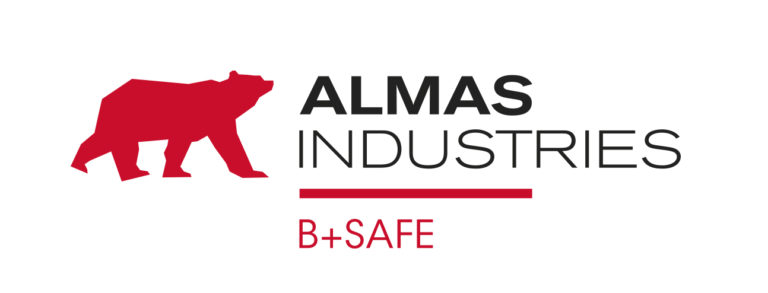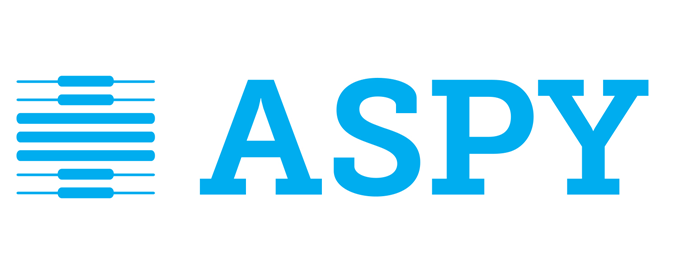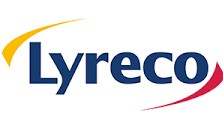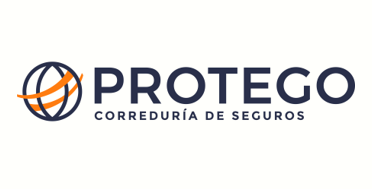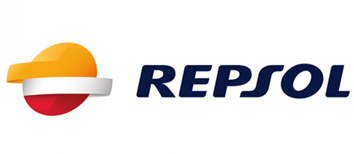Tuberculosis is a serious chronic zoonosis that affects a multitude of domestic and wild reservoirs, including goat cattle. The repercussions of this disease on goat cattle are both economic and health. Although specific control programs exist in certain autonomous communities, there is currently no state eradication program.
The aim is to advance the knowledge of different aspects of goat tuberculosis that may promote its control and eradication, and, indirectly, the control of animal tuberculosis in other epidemiologically related species.
For this reason, the project “Tools to achieve the eradication of goat tuberculosis” (GoaTBfree) is launched at the state level, with a duration of three years funded by the Ministry of Science and Innovation and consisting of three research centers. leaders in epidemiology, pathology, diagnosis and vaccination against tuberculosis in cattle. The aim is to advance the knowledge of different aspects of goat tuberculosis that may promote its control and eradication, and, indirectly, the control of animal tuberculosis in other epidemiologically related species.
Diagnosing the disease is key to detecting these outbreaks as early as possible and achieving eradication of the disease. However, one of the difficulties that sometimes arises is that vaccination against paratuberculosis, as well as exposure to other microorganisms, can cause interference in the diagnosis of goat tuberculosis and in some way hinder its eradication. This type of vaccination is allowed in goats unlike cattle.
What is this project studying?
- The analysis and evolution of one of the longest-running regional eradication programs.
- The improvement and adaptation to the goat species of the current diagnostic techniques and the study of the interferences that cause in the diagnosis of the tuberculosis certain environmental mycobacteria and other microorganisms or the use of vaccines, including tests in laboratory conditions, but also field.
- The development and evaluation of different vaccine candidates and inactivated autovaccines.

